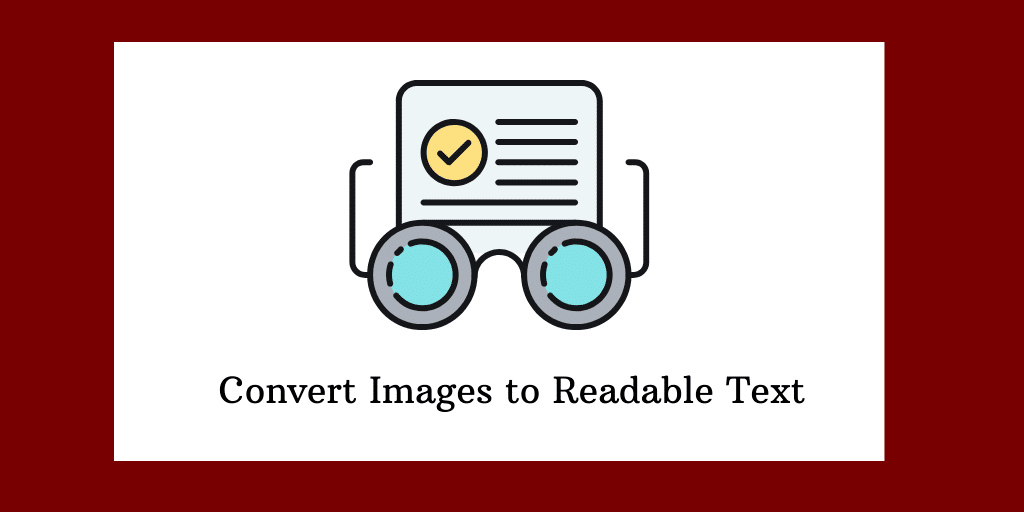
Text, Email, or Call: Which is Best?
By Charles Hall | Technology
A CPA called me today and left a message with a question. My first thought was to call him. I knew if I phoned, one of the following would happen:
- No answer and we’d play phone tag.
- He’d answer, and we would talk about other things.
- He’d answer, and I would respond to his question.
The first two possibilities are not good (if you are busy like I am–and I know you are).
My next thought: I will text him. I did, and it took about 30 seconds.
With the options to text, email, or call, which is best? Let’s see.
I like to think of the choices as a sprint, a run, or a walk.
Text – A Sprint
If a client or firm member text me, I will text back–as long as:
- The response is short and
- The answer does not contain sensitive information
Why not just email or call?
In the middle of busy season, I’m looking for every moment I can save. Many times a text answers the question–and I can do so promptly (this is better than not responding at all because I’m too busy).
Email – A Run
When is an email the better option?
Mainly when you need to send attachments. Emails take longer than texts but seem to work better–at least for me–when more than one or two short answers are necessary.
If you are emailing sensitive information, consider using a secure method such as ShareFile. ShareFile offers an Outlook add-in that makes the transfer seamless.
Call – A Walk
I call when the message is essential or lengthy.
We lose something in electronic communications. Our tone of voice and inflections say a great deal. Phone calls usually take longer than a text or an email, but could be warranted if the issue is important.
If my communication is lengthy (say more than three points), I usually opt for a phone call. If you are providing accounting, tax, or auditing advice, consider whether you need to document the phone conversation in a memo. I sometimes use a form (that I keep in Evernote) for this purpose. What does it address? The discussion, the referenced professional standards, the advice given, who I talked with, and the date.
Summary
Sprint, run or walk. Each has advantages and disadvantages. Regardless of your choice, it’s all about communicating clearly and timely.
Check out my post An Auditor’s Cell Phone.







